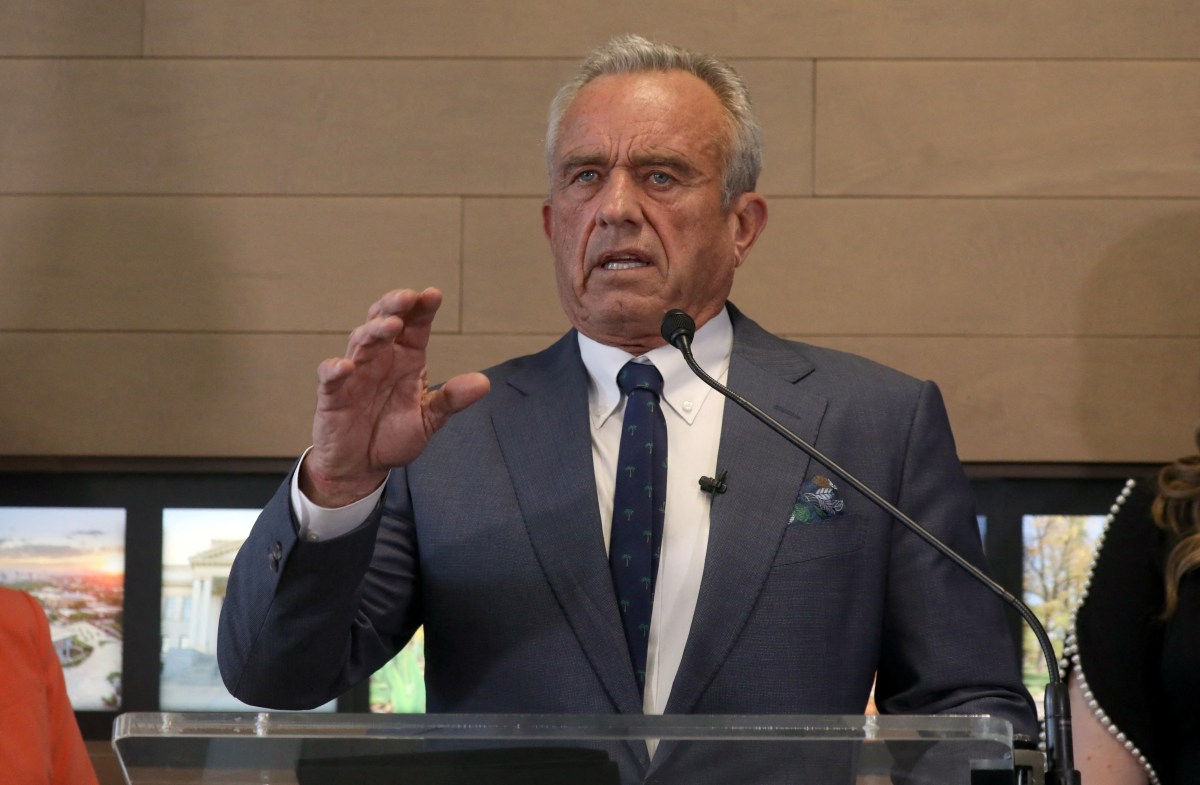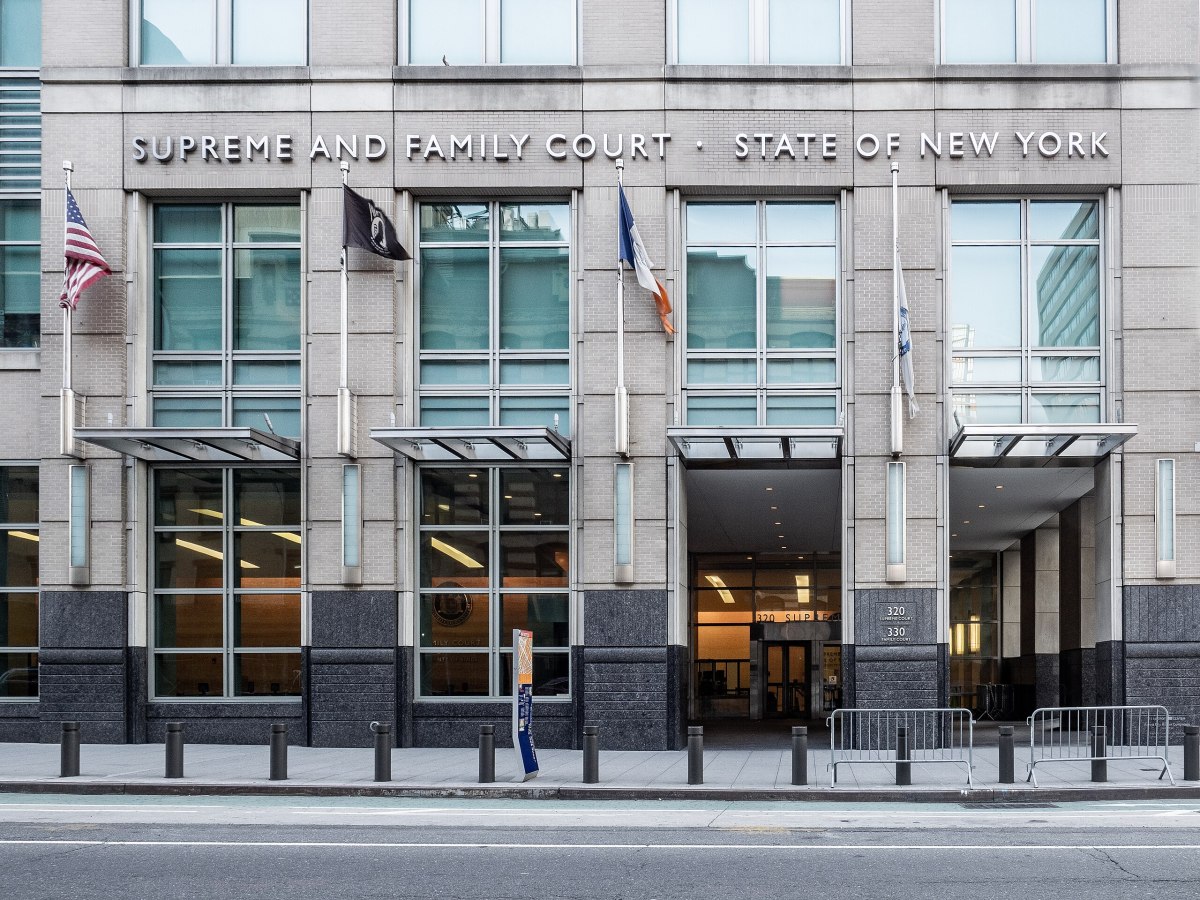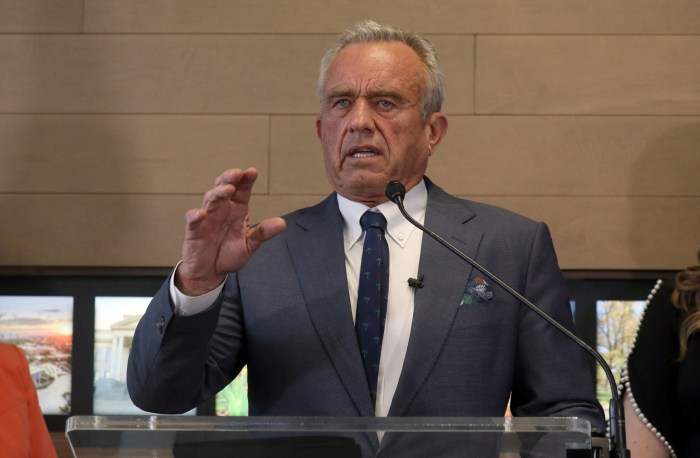BY ALINE REYNOLDS | Safety measures for certain Downtown buildings fall short of citywide standards for extinguishing a fire or tending to another such emergency.
That’s what a new government report has uncovered and what may account for the deaths of firefighters Robert Beddia and Joseph Graffagnino in the 2007 blaze at the former Deutsche Bank building, at 130 Liberty St.
The report, prepared jointly by the Fire Department of New York and the New York State Division of Homeland Security and Emergency Services, underscores the dangers posed by discrepancies between city and state fire codes in state-owned buildings Downtown and throughout the city.
Specifically, the report asks the city and state to create consistent rules about the presence and use of fire safety equipment such as standpipes and hose thread, and to ensure that hazardous materials and explosives are properly handled and reported. The Task Force on Building and Fire Safety, which issued the report, is also calling on the city and state to conduct joint inspections of the state-owned buildings and review their permitting and leasing statuses.
As it stands, the city’s fire code is generally stricter than the state’s, though city buildings are exempt from certain standards such as the state’s Uniform Fire Prevention and Building Code.
The differences in safety rules could allow future and existing buildings along the Lower West Side waterfront, which are state-owned, to be exempt from certain government building standards, according to data provided by the task force.
Though the task force has advised that the recommended changes happen within the next year, N.Y.S. Senator Daniel Squadron, who sponsored legislation to set up the task force, is urging the state and city agencies to close the gap between state and city safety codes right away.
Most notably, he said, the state must promptly share information about the layout of state-owned buildings with the F.D.N.Y. so that firefighters can appropriately prepare for emergency visits.
“I think there are significant recommendations in here that can move us closer to a unified system,” said Squadron. “We want [the implementation] to be immediate.
“It’s of particular importance,” he continued, “so we can know that both the community and the first responders are not put at risk.”
Specifically, Squadron is requesting that the World Trade Center buildings abide by the strictest building rules. Asked about the matter, Port Authority spokesperson Steve Coleman said that the future W.T.C. buildings meet and, in certain cases, exceed applicable building codes, and that the Port Authority works closely with the F.D.N.Y. to attend to building and fire safety matters on the site. Coleman declined to answer whether the buildings also follow state building code.
Joe Graffanino, a lead advocate behind building safety following the death of his son in the 2007 Deutsche Bank fire, believes that the synthesis of the codes could indeed help save lives of emergency workers. The fire was thought to be caused by a severed standpipe in the building and the lack of proper inspections of the building prior to the fire.
“They’re looking to create New York City codes within New York State buildings for the first responders,” said Graffanino. “I think it’s a step in the right direction.”
Addressing the F.D.N.Y.’s need for floor plans of the buildings, he said, “It’ll make it easier for firefighters to put out a fire, knowing what they’re going into.”
Al Hagan, president of the Uniformed Fire Officers Association, which represents superior officers at the F.D.N.Y., said that the city’s building code should equal or exceed all statewide regulations, since, “We have a highly packed city with unique problems.”
“The state-owned buildings are a little cheaper,” said Hagan, “and they probably can go up a little quicker, but in the end if you put everyone in that building at a greater level of danger, [are the savings] worth it?”


































